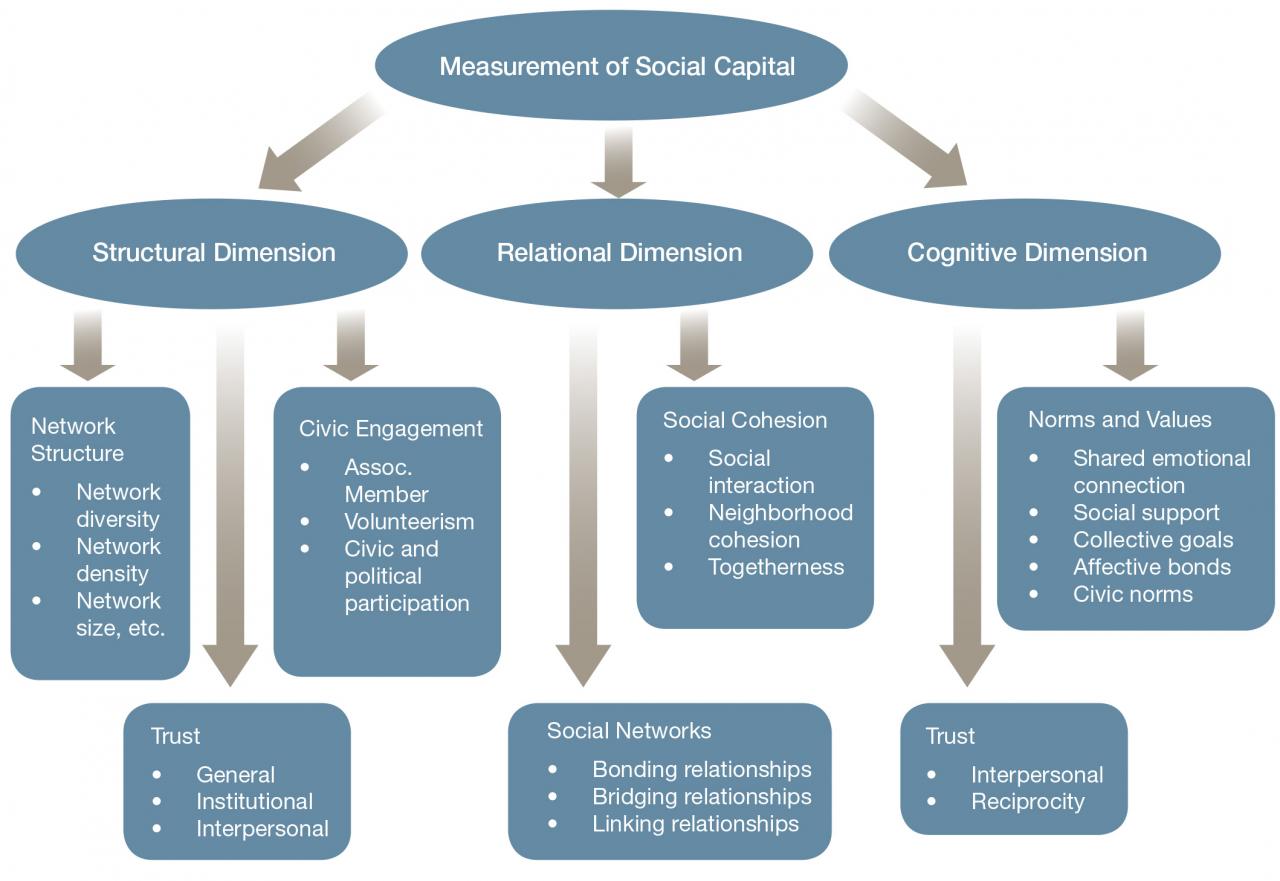
Capitol measurement, a crucial aspect of preserving the Capitol Building’s historical significance, ensures accurate maintenance, renovations, and historical preservation.
The process involves various methods, including traditional and modern technologies, to capture precise measurements of the building’s dimensions, architectural details, and structural integrity.
Historical Significance of the Capitol Building
The Capitol Building, the iconic seat of the United States Congress, holds immense historical significance. Constructed between 1793 and 1830, it has witnessed pivotal moments in American history, including the drafting of the Constitution, the Civil War, and the Civil Rights Movement.
Architecturally, the Capitol Building is a masterpiece of Neoclassical design, inspired by the Roman Pantheon. Its central dome, towering 288 feet, symbolizes the nation’s aspiration for unity and power.
Capitol Measurement and its Implications
Measuring the Capitol Building accurately is crucial for its maintenance, renovations, and historical preservation. Precise measurements ensure structural integrity, prevent errors in architectural restoration, and contribute to the building’s historical accuracy.
Inaccurate measurements can compromise the building’s structural stability, leading to potential safety hazards. Moreover, they can distort the historical record, misrepresenting the building’s original dimensions and proportions.
Measuring Techniques and Equipment
Measuring the Capitol Building requires a combination of traditional and modern techniques.
- Laser Scanning:Laser scanners use laser beams to capture millions of data points, creating a detailed 3D model of the building.
- Total Stations:Total stations combine electronic distance measurement with angle measurement, providing precise measurements of distances and angles.
- Photogrammetry:Photogrammetry involves analyzing overlapping photographs to create 3D models, allowing for measurements to be taken from any perspective.
Data Analysis and Interpretation
Analyzing measurement data involves statistical techniques to ensure accuracy and reliability. This includes calculating standard deviations, error margins, and using least-squares adjustment to minimize measurement errors.
Interpreting measurement data requires expertise in architecture, engineering, and historical preservation. It involves comparing measurements to original plans, identifying anomalies, and understanding the building’s historical context.
Applications and Benefits, Capitol measurement
Measurement data is essential for various purposes:
- Architectural Restoration and Preservation:Accurate measurements guide restoration efforts, ensuring that repairs and renovations respect the building’s original design.
- Structural Assessments and Repairs:Measurements help identify structural issues, allowing for timely repairs and preventive maintenance.
- Historical Documentation and Research:Measurements contribute to the historical record, providing researchers with data for architectural analysis and historical reconstruction.
Precise measurements of the Capitol Building enable its proper management and maintenance, preserving its historical integrity and ensuring its continued use as a symbol of American democracy.
Outcome Summary: Capitol Measurement

Accurate capitol measurement is essential for managing and maintaining the Capitol Building, ensuring its historical accuracy and structural stability for generations to come.
Query Resolution
What are the different methods used to measure the Capitol Building?
Traditional methods like tape measures and levels are used alongside modern technologies such as laser scanners, total stations, and photogrammetry.
How does accurate measurement contribute to historical preservation?
Precise measurements allow for faithful restoration and reconstruction, ensuring the building’s historical integrity is maintained.
What are the implications of measurement errors on the Capitol Building?
Errors can compromise structural stability, affect restoration efforts, and distort historical accuracy.






